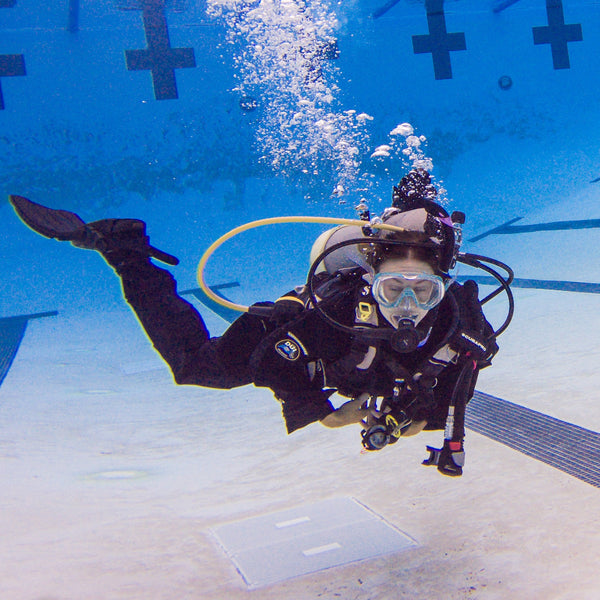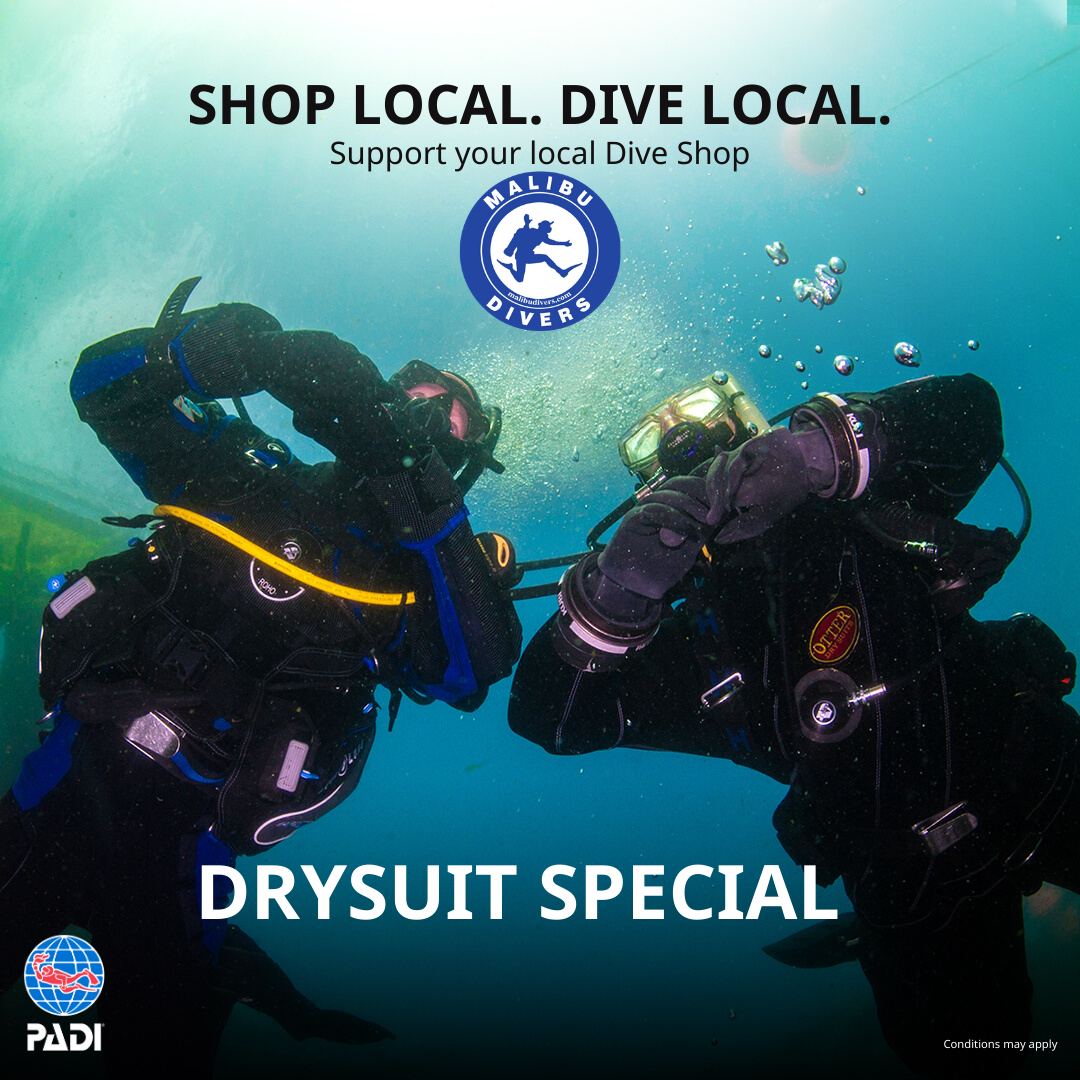Choosing the right drysuit is crucial for a comfortable and safe diving experience. Here are some factors to consider when selecting a drysuit:

Drysuit Type:
Membrane vs. Neoprene: Membrane drysuits are generally lighter and more flexible, while neoprene drysuits provide more insulation. Consider the water temperature and your personal comfort preferences.
Trilaminate vs. Crushed Neoprene: Trilaminate suits are made of multiple layers, offering durability and flexibility. Crushed neoprene suits are made from crushed neoprene rubber, providing insulation and flexibility.
Fit:
Ensure the drysuit fits well. It should be snug but not too tight, allowing for thermal undergarments and ease of movement.
Check the sizing chart provided by the manufacturer and consider getting a custom fit if available and if you are size challenged.
Seals:
Evaluate the seals at the neck, wrists, and ankles. Latex seals are standard but can cause allergies; neoprene or silicone seals are alternatives.
Make sure the seals provide a watertight seal without causing discomfort.
Zipper Type:
Choose between front-entry and back-entry zippers. Front-entry zippers are easier to self-don, while back-entry zippers are common and may be preferred by some divers.
Zipper Placement:
Consider the placement of the zipper. A diagonal or across-the-chest zipper may be more comfortable and flexible.
Boots or Socks:
Some drysuits come with attached boots, while others have integrated socks. Consider your preference and the type of diving you'll be doing. Integrated socks allow you to use separate drysuit boots.
Inflation System:
Decide between a front or shoulder inflation system. Front inflation systems are becoming more popular for recreational diving, while shoulder inflation systems are more common especially in technical diving.
Material Durability:
Evaluate the durability of the drysuit material. While trilaminate is generally durable, consider the type of diving you'll be doing and the potential for abrasions.
Accessories:
Consider additional features and accessories, such as pockets, D-rings, and dry gloves. These can enhance your diving experience but may add to the cost.
Budget:
Determine your budget and look for drysuits that offer the best value for your investment. Consider not only the initial cost but also the long-term durability and maintenance.
Brand and Reviews:
Research reputable drysuit manufacturers and read reviews from other divers. Feedback from experienced divers can provide valuable insights into the performance and reliability of a particular drysuit.
Before making a final decision, it's advisable to try on different drysuits, seek advice from experienced divers or instructors, and, if possible, attend dive shows where you can interact with manufacturers and explore different options. Choosing the right drysuit requires careful consideration of your specific diving needs and personal preferences.



Share:
Diving Into the Future: The Rise of Compact and Lightweight Dive Gear
Tectonic Plates and the Thrill of Subaquatic Adventures